
Book
The Hero Code
Lessons Learned from Lives Well Lived
Recommendation
Millions of people perform acts of heroism every day. That’s Admiral William H. McRaven’s inspiring message in this tribute to the power of kindness, empathy and generosity. The best-selling author and retired four-star US Navy admiral uses engaging stories and anecdotes to illustrate the 10 attributes of the Hero Code: courage, humility, sacrifice, integrity, compassion, perseverance, duty, hope, humor and forgiveness. McRaven believes that people who obey their instincts to do good are serving humanity.
Summary
About the Author
William H. McRaven, retired four-star US Navy Admiral and New York Times bestselling author, also wrote Make Your Bed and Sea Stories.
By the same author
Learners who read this summary also read
Book
Book
Book
Book









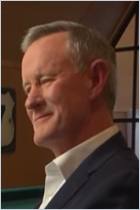



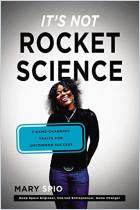
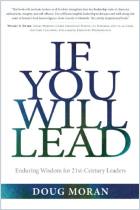
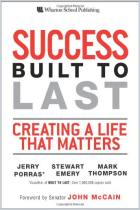
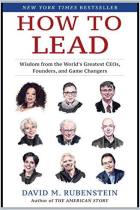



Comment on this summary